
Glaucoma
Explore our comprehensive information about the causes and treatments for glaucoma, plus the latest information on managing and potentially reducing your risk for the condition.
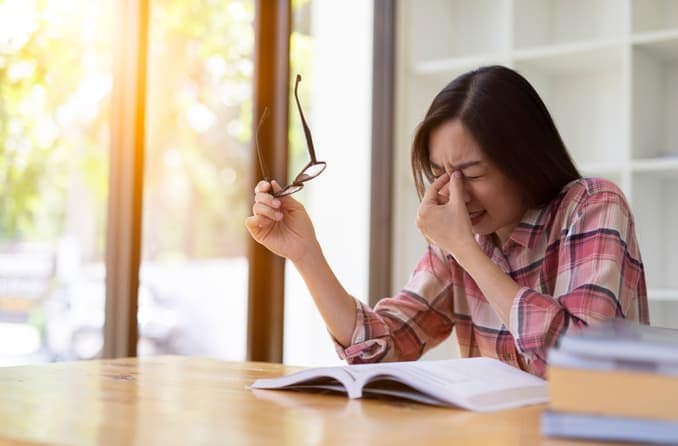
Certain kinds of glaucoma can cause headaches, but others do not. Find out more about glaucoma headaches and who can be affected by this painful symptom.

Congenital glaucoma is usually diagnosed in babies, but it can affect children of all ages. Learn more about the condition's causes, symptoms and treatment.

Get comprehensive details on glaucoma, including the different types, causes and treatment options.
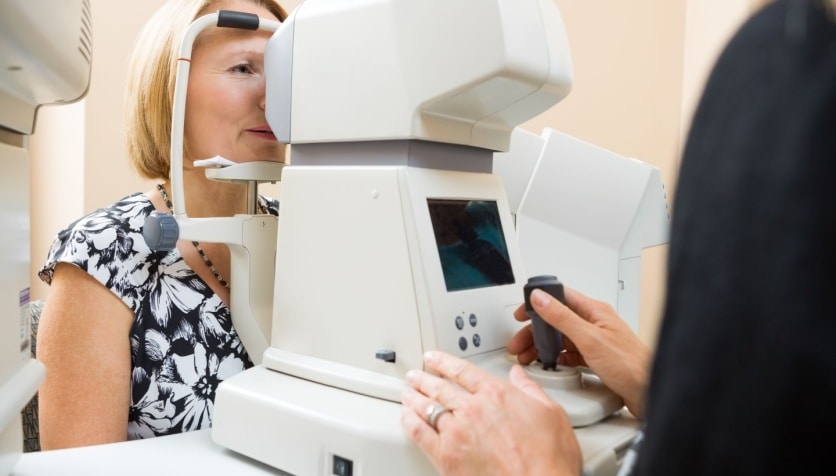
Frequently asked questions (FAQ) about glaucoma, including risks and treatments.

Eye doctors answer your questions about glaucoma and eye pressure, including how to recognize symptoms of this common eye disease.
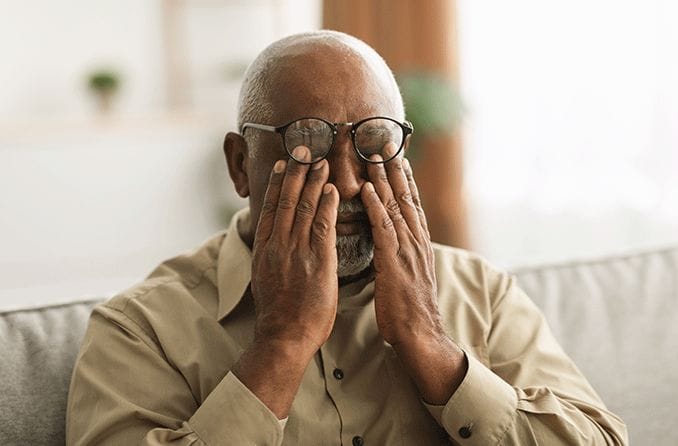
A glaucoma suspect has one or more clinical signs or risk factors that increase the risk of developing eye issues.
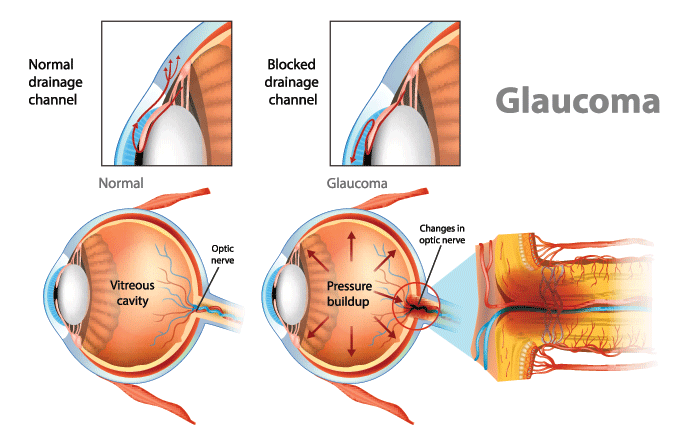
Primary glaucoma does not have a known cause, but secondary types are due to known conditions. Learn about the anatomy of glaucoma and its main risk factors.

Learn why African Americans are more prone to glaucoma and how to keep vision healthy.
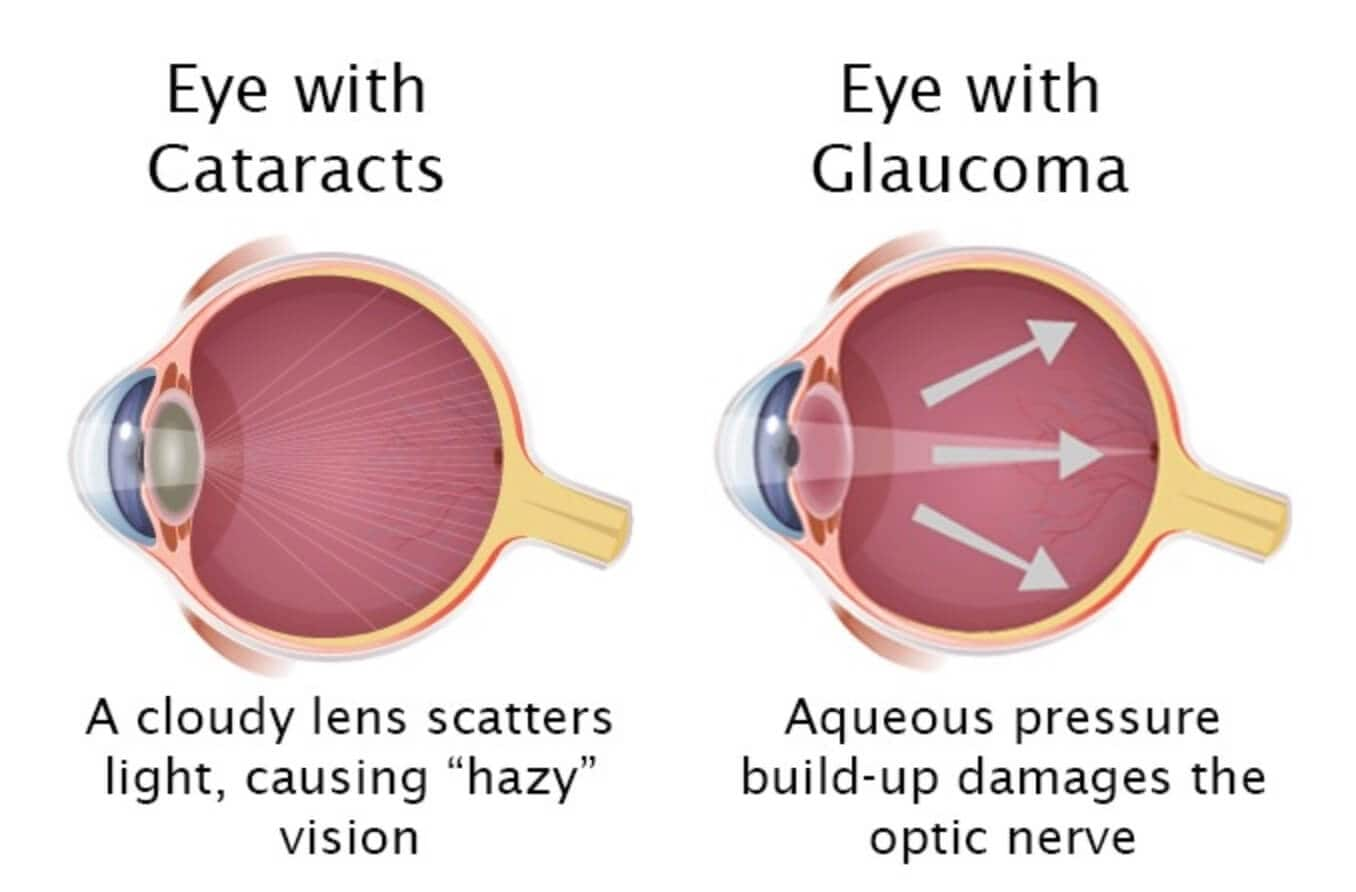
Cataracts and glaucoma are very different conditions, but they share some similarities. Find out how these two common eye problems compare to each other.
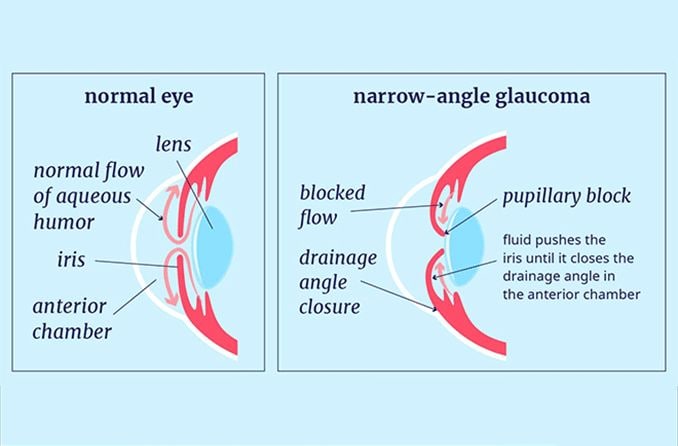
Narrow-angle glaucoma is one of four types of glaucoma, characterized by sudden onset and quick progression. Learn more about this type of glaucoma.
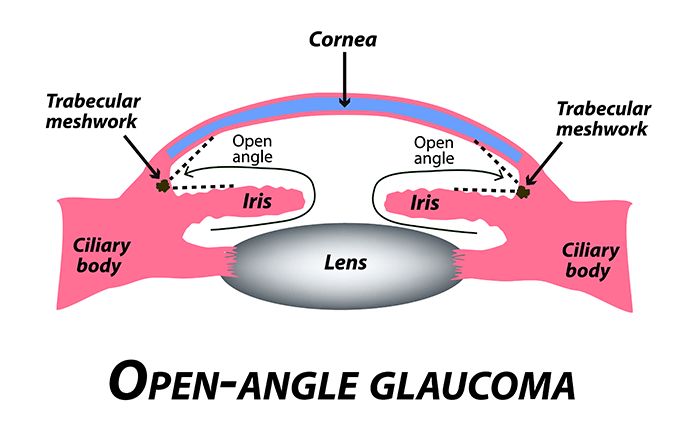
Learn about primary open-angle glaucoma, including its causes and risk factors, how it's diagnosed and different ways to treat it.
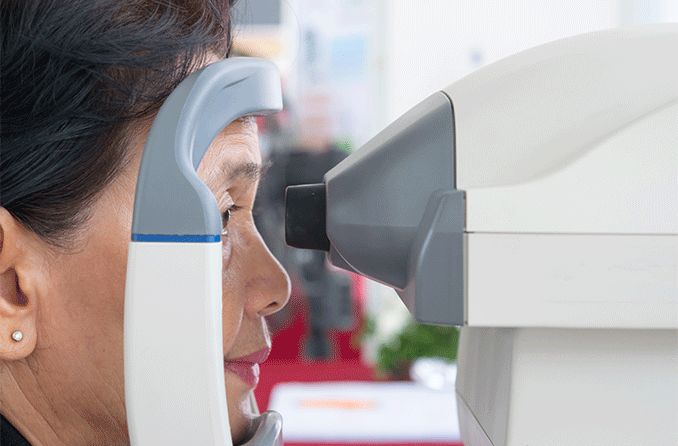
Secondary glaucoma is glaucoma that is caused by previous or existing conditions or issues. Learn more about its possible causes, symptoms and treatments.
All About Vision and AllAboutVision.com are registered trademarks of AAV Media, LLC. © 2000-2025 AAV Media, LLC. The content on this site is for informational purposes only. All About Vision does not provide medical advice, diagnosis or treatment. Contact an eye doctor if you need medical attention.